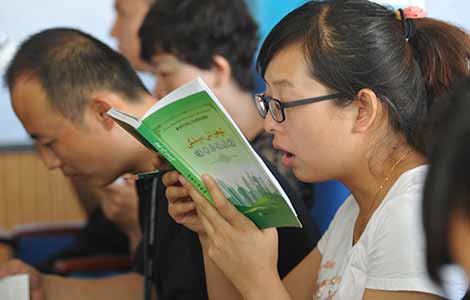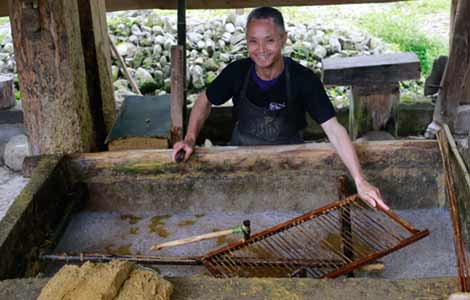Keep traditons alive
Updated: 2013-08-09 23:39
By Pauline D. Loh (China Daily)
|
|||||||||||
A Chinese chef is demonstrating what traditional Osaka-style cooking should be in Jinan, where his restaurant is gathering popularity with the city's business community. Pauline D. Loh reports.
They say it takes three generations of good living to develop taste. Similarly, cuisine develops along with history.
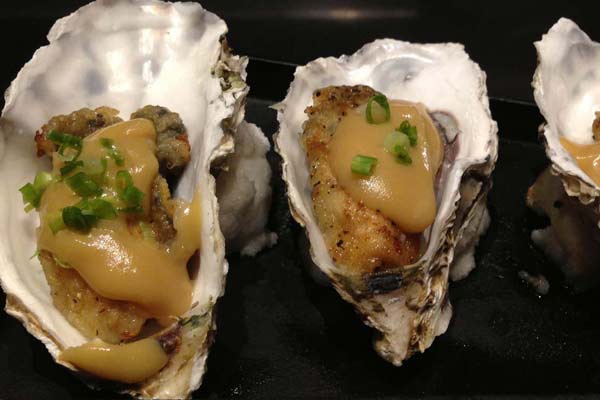 |
Many connoisseurs of Japanese cuisine prefer the softer, more elegant presentation of the old Osaka-Kyoto school to the edgier, sometimes brasher Tokyo style. Chef Edmund Liang certainly thinks so.
Schooled in the traditional Western style of Japanese cuisine, Liang believes good cooking speaks for itself, as does the freshest ingredients. That was why he took the bold step of serving oysters in summer at the Miyabi at the Sheraton Jinan Hotel.
But these are no ordinary oysters.
They are farmed mollusks from Hiroshima raised according to the strictest environmental standards, and flash frozen at their peak. The technology allows them to be captured at their best flavor, which the chef carefully enhances in a variety of ways.
There is a classic gratin, with a delicate root vegetable gremolata added for a contrast of textures. The oyster still shines through, though, and there is no mistaking the sweet salty tang of a good one on the half shell.
Liang also serves the oysters grilled with a coating of soy sauce, breaded and deep-fried, as sashimi and covered with a delicious light miso which adds a depth that neuters the slightly metallic tang of saltwater.
The oysters were obviously the main attraction of our meal, but looking at the rest of Liang's menu, it is easy to understand why this quiet little Japanese restaurant in the capital of Shandong province has drawn a following of chic gourmets locally, as well as many from the Sheraton's mainly business clientele.
With his sashimi offerings, the chef's emphasis is on quality over quantity. He served just three types, but each was memorable. We had slices of tight-fleshed salmon belly, lipstick clam that was sugar sweet and finally, snapper that could just about bite back.
As a food critic, we are often asked how you can tell fresh sashimi. There are some things you cannot fake, and that is how long the fish has been out of water.
More importantly, it always shows how carefully it has been stored or not, and how well the chef cuts it. If the salmon is flaking on the plate and breaking apart, send it back.
Liang certainly has no problems in his kitchen. Everything is neat, clean and meticulous, a throwback to his strict training in Osaka-style cuisine.
That background shows up again in his teapot seafood soup, which is so light that it may almost be bland, until you calm your heart and concentrate on the nuances of the flavors.
We were served Japanese buckwheat noodles to end the meal and Liang unknowingly put himself to the most crucial test.
I am something of a cold soba fanatic and while I can forgive lapses in other areas, I like my soba ¡ perfect.
He must have sensed my unspoken criticism, because he quickly explained.
"The Sheraton hotels have a strict policy that guests cannot be served raw eggs, so I'm afraid we had to skip the usual quail's egg."
I appreciated the chef's honesty.
Most Japanese restaurants serve a little egg that comes topped off, along with the sesame seeds, spring onions and wasabi on the side. The egg is whisked into the bowl of soy sauce dip that comes with the soba.
Buckwheat noodles have an unusual texture that makes it hard for any sauce to stick, and adding an egg to the sauce allows it to coat the soba better.
Still, even eggless, Liang's cold soba was properly chilled and his sauce was tasty enough for me not to miss the egg too much.
It was not perfect, but I do understand the Sheraton's concern for the health of its guests. Salmonella is not something you want to give as a parting present.
Liang is a Cantonese from Shenzhen, although he has trained in Japanese cuisine for the longest time and had already cut his teeth with experience at a series of international eateries. In fact, he is so respected in the trade that he is already a master chef who can train novices in the art of cooking, Osaka-style. Some of his students are even Japanese.
He tells us he had a good master himself, and that he wants to pass on the traditions he was taught. And as for the Kanto or Tokyo style of cuisine? He'd rather not say, although his expression tells me plenty.
Liang is a pleasant discovery in a place that is just beginning to stir from its time-honored reputation as a city of spring waters and morph into a commercial and industrial hub on China's eastern board.
The signs are already there in the increasingly busy traffic, a truly impressive high-speed rail station and the skyscrapers going up in the new business district where the Sheraton stands. It also shows in the hotel's high occupancy rates, and that's good for Liang, because he will continue to have an appreciative audience.
Ju Chuanjiang and Zhao Ruixue contributed to the story.
Related Stories
Guangzhou oysters contaminated by cadmium 2013-05-23 21:12
Oysters make spring sing for diners in Beijing 2013-03-24 07:58
Turkish cuisine to delight your palate 2013-07-13 08:27
Taoism vegetarian cuisine 2013-08-07 17:21
Traditional Tibetan cuisine: Lunang Stone Pot Chicken 2013-07-03 09:50
Today's Top News
China's inflation rises 2.7% in July
Budget show cuts in provincial spending
Trade data improve economic prospects
Pharm giant suspected of bribery
Beijing rejects protest over patrol
China Unicom tests 4G network
Switching tactics in ambitious new move
US realty market 'connects dots' with China buyers
Hot Topics
Lunar probe , China growth forecasts, Emission rules get tougher, China seen through 'colored lens', International board,
Editor's Picks
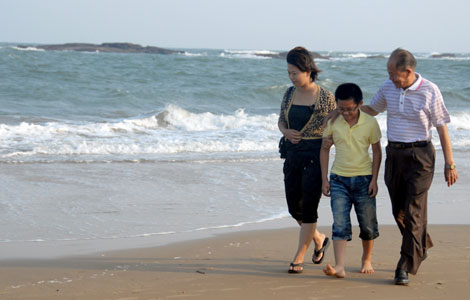
|

|

|

|

|
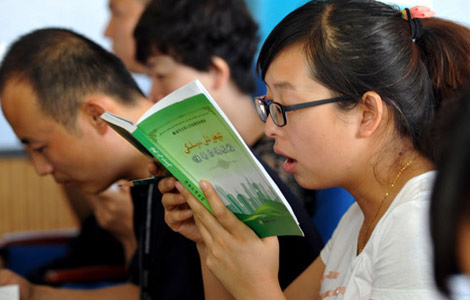
|
